SOURCE: IDRW.ORG TEAM
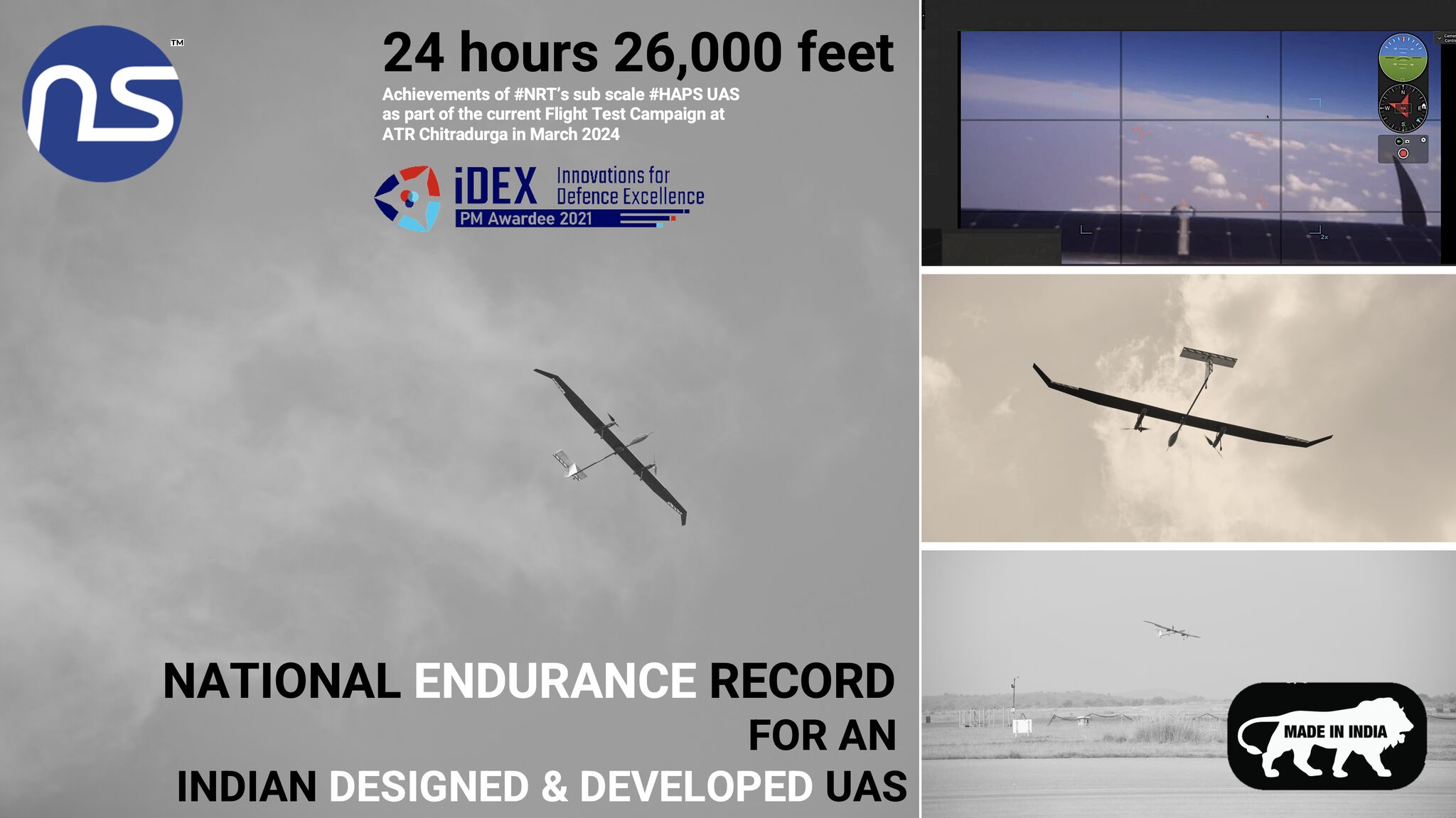
NewSpace Research and Technologies (NRT), a Bengaluru-based aerospace company, has achieved a remarkable feat in Indian aviation history. Their sub-scale High Altitude Pseudo-Satellite (HAPS UAS) development prototype successfully completed a record-breaking flight test at ATR Chitradurga.
The test surpassed all initial objectives, achieving an astounding flight endurance of over 24 hours. This incredible accomplishment translates to a new national record for India – the longest flight duration ever recorded for an Indian-designed, developed, and manufactured (IDDM) unmanned aerial system (UAS).
Continue readingSOURCE: IDRW.ORG TEAM
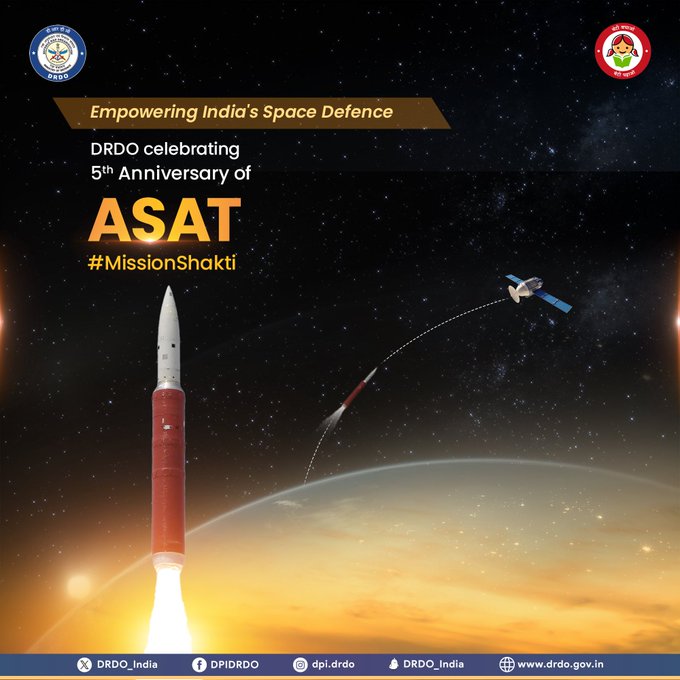
On this day five years ago, India successfully conducted Mission Shakti, an anti-satellite (ASAT) missile test, propelling the nation into an elite group of countries with this advanced technology.
The mission involved a specially designed missile launched from Dr. APJ Abdul Kalam Island, precisely targeting and destroying a small Indian satellite orbiting Earth at an altitude of 350 kilometers and traveling at a phenomenal speed of 24,000 kilometers per hour. This remarkable feat showcased India’s growing prowess in the field of aerospace and defense technology.
Continue readingSOURCE: IDRW.ORG TEAM
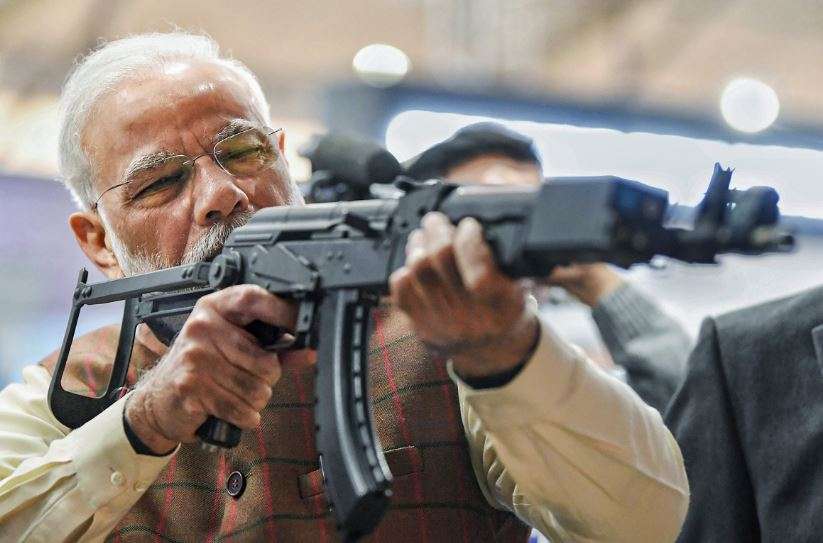
The Indian government has implemented amendments to the Defense Acquisition Procedure (DAP) 2020, following recommendations by the Defense Acquisition Council (DAC). These changes aim to further promote “Make in India” and “Aatmanirbharta” (self-reliance) within the country’s defense industry, while also streamlining the Ease of Doing Business for domestic companies.
These amendments are expected to significantly boost domestic defense production capabilities. By mandating a higher indigenous content threshold and facilitating access to testing facilities, the government aims to create a more conducive environment for Indian companies. Additionally, the requirement for complete know-how of imported components pushes them towards developing indigenous alternatives, furthering the “Aatmanirbharta” goal.
Continue readingSOURCE: AFI

The United States Commission on International Religious Freedom (USCIRF) has drawn criticism for its stance on India’s Citizenship Amendment Act (CAA). USCIRF has expressed concerns regarding the CAA’s limitations, arguing that it should extend its benefits to persecuted minorities from Pakistan, Afghanistan, and Bangladesh – a position seen by some as hypocritical.
USCIRF’s primary concern centers around the exclusion of Muslims from the CAA’s ambit. The act provides a pathway to Indian citizenship for persecuted minorities from neighboring countries, excluding Muslims. This selectivity, according to USCIRF, raises questions about religious discrimination.
Continue readingSOURCE: RAUNAK KUNDE / NEWS BEAT / IDRW.ORG
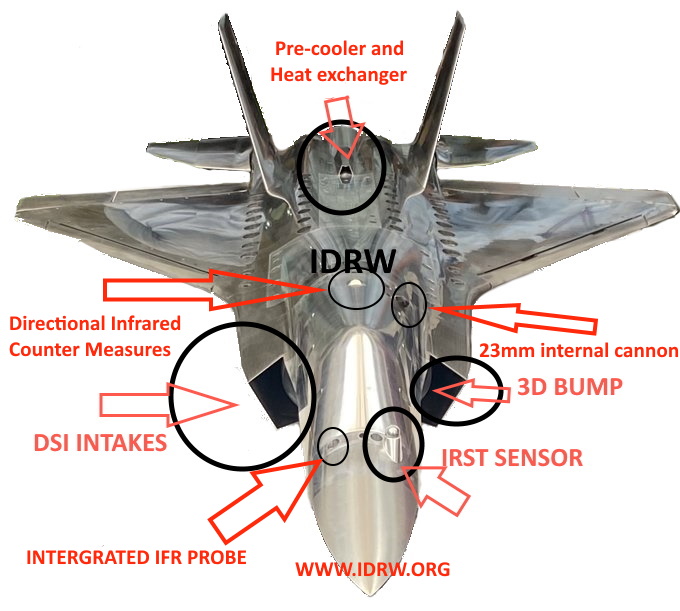
The Aeronautical Development Agency’s (ADA) AMCA program is making significant strides towards a future-proof fighter jet. The project team is prioritizing two key features: spiral upgrades and modular design, ensuring the aircraft’s continued relevance for years to come.
idrw.org has been told that the AMCA’s design allows for incremental capability additions through “Blocks.” New features and functionalities can be integrated over time, eliminating the need for a complete overhaul until a Mid-Life Update (MLU).
Continue readingSOURCE: RAUNAK KUNDE / NEWS BEAT / IDRW.ORG

The Defence Research and Development Organisation (DRDO) is setting its sights on high-powered directed-energy weapons (DEWs). This development comes as part of a well-defined roadmap with short–, medium-, and long-term goals for harnessing this next-generation military technology.
The current focus is on developing DEWs with a significant power increase, targeting a range of 30-50 kilowatts. This substantial leap in power signifies a move towards more potent DEWs capable of tackling a wider range of threats.
Continue readingSOURCE: RAUNAK KUNDE / NEWS BEAT / IDRW.ORG

The Combat Vehicles Research & Development Establishment (CVRDE), a leading laboratory of India’s Defence Research and Development Organisation (DRDO), has issued a Request for Information (RFI) for the development of a critical component – an indigenous track system for 70-ton class Armoured Fighting Vehicles (AFVs).
The track system is an essential element of the Running Gear (RG) system in a Main Battle Tank (MBT) like the Arjun Mk-IA. It acts as a closed loop, driven by a sprocket to propel the tank. Each track link comprises various components like track blocks, rubberized pins, pads, connectors, and clamps.
Continue readingSOURCE: AFI

In a recent opinion piece published on “The Print,” Lt Gen (Dr) Prakash Menon (retd), Director of the Strategic Studies Programme at the Takshashila Institution and former military adviser to the National Security Council Secretariat, advocates for the establishment of an airborne command post. This proposition comes at a crucial juncture when advancements in satellite-based geospatial monitoring technologies have made concealing underground facilities increasingly difficult. Lt Gen Menon argues that an airborne command post presents a compelling solution to this challenge, offering enhanced survivability and redundancy to the nuclear command authority.
The primary rationale behind the proposal for an airborne command post lies in the evolving landscape of strategic defense. With the advent of sophisticated satellite surveillance capabilities, the concealment of underground facilities, traditionally used for housing command centers, has become a daunting task. Once detected, these fixed installations are susceptible to targeted attacks, including communication jamming, thereby compromising the command and control capabilities vital for nuclear deterrence.
Continue readingSOURCE: AFI
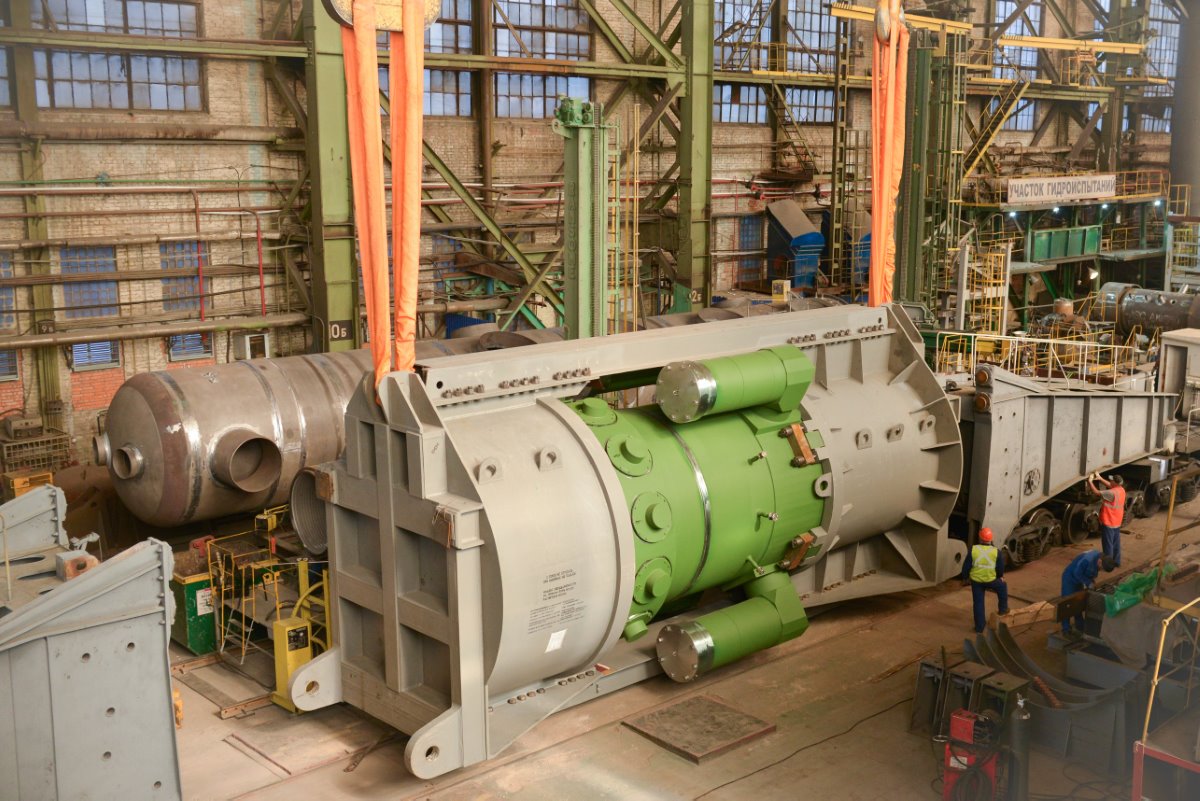
Russia’s atomic energy giant, Rosatom, is in discussions with Indian nuclear authorities to supply technology for small modular reactors (SMRs). This collaboration could address India’s growing energy demands while providing a clean and sustainable solution.
Evgeny Pakermanov, President of Rosatom Overseas, highlighted the company’s experience in SMR technology. Rosatom is currently constructing its first land-based SMR in Yukatia, a remote province in Russia. This 190 MWt (55 MWe) power plant utilizes enriched uranium and requires minimal land (only 15 acres). Scheduled for operation in 2028, this project showcases the potential of SMRs to provide clean energy in geographically challenging regions.
Continue readingSOURCE: IDRW.ORG TEAM.

Solar Industries India Limited’s (SII) subsidiary, Economic Explosives Limited (EEL), has secured a contract to supply 30,000 units of the Multi-Mode Hand Grenade (MMHG) to the Central Reserve Police Force (CRPF) for ?13.983 crore. EEL’s bid of ?4,661 per grenade proved more competitive than Munitions India Limited’s (MIL) offer of ?15.547 crore.
Developed by the Terminal Ballistics Research Laboratory (TBRL), the MMHG is a versatile grenade designed for both offensive and defensive use. A unique feature is the ability to easily switch between modes by removing or attaching a fragmenting sleeve before throwing.
Continue readingSOURCE: IDRW.ORG TEAM

Gurgaon-based Pareto Tree Private Limited, winner of the prestigious SPRINT Challenge, has unveiled the HERO Search V1 – a revolutionary Personal Alert Safety System (PASS) device designed to safeguard the lives of firefighters, search & rescue teams, damage control teams, and isolated defense personnel. This innovative tool promises to be a game-changer in emergency response, offering critical features that can mean the difference between life and death in dangerous situations.
HERO Search V1 boasts cutting-edge continuous motion sensing technology. No movement goes unnoticed, allowing rescuers to swiftly locate missing or incapacitated individuals even in the most chaotic situations. Gone are the days of agonizing uncertainty; HERO Search V1 provides a vital lifeline in the face of danger.
Continue readingSOURCE: IDRW.ORG TEAM
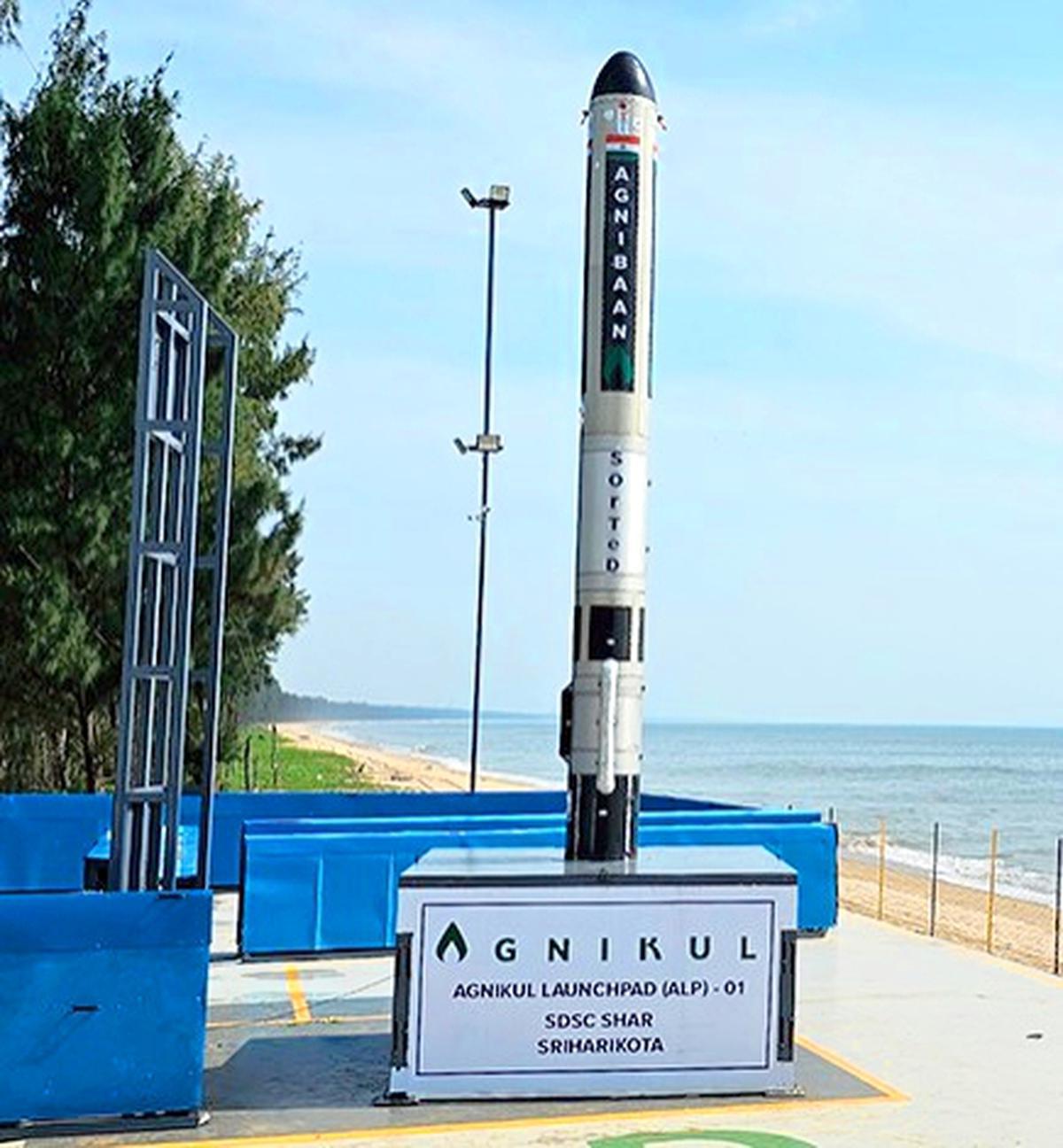
Chennai-based space startup Agnikul Cosmos has announced a delay in the test launch of its “AGNIBAAN SOrTeD” (Sub Orbital Technology Demonstrator) mission. Originally planned for March 22, 2024, the launch is now on hold to allow for additional readiness checks.
In a statement, Agnikul Cosmos cited the need for further preparations as the reason for the postponement. The company says it may require additional time beyond the originally planned NOTAM (Notice to Airmen) window. A new NOTAM will be issued soon to inform of the rescheduled launch date.
Continue readingSOURCE: IDRW.ORG TEAM
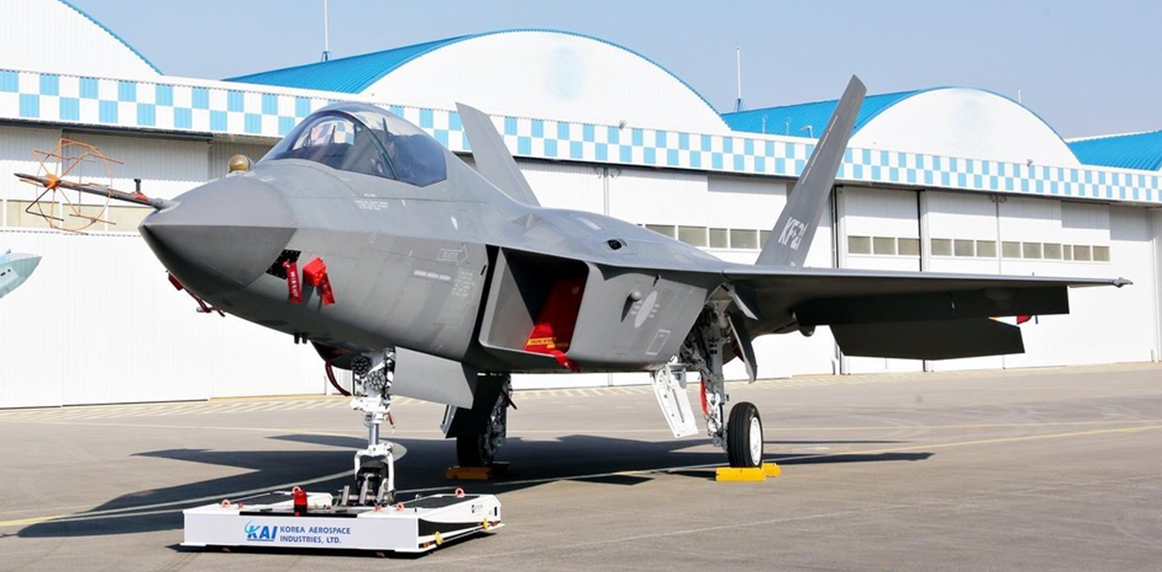
South Korea’s Defense Acquisition Program Administration (DAPA) has greenlit production of the KF-21, a domestically developed 5th-generation fighter jet. This marks a significant step forward for the nation’s aerospace industry.
The production approval covers the period between 2024 and 2028, with a total estimated cost of W7.9 trillion (approximately $5.8 billion). While the official number of aircraft remains undisclosed, South Korean media reports suggest an initial production run of 20 jets.
Continue readingSOURCE: AFI

The plight of the MV Abdullah, a Bangladeshi cargo ship hijacked by Somali pirates in the Indian Ocean, continues with no immediate resolution in sight.
Both the Bangladesh government and the ship’s owner have rejected an offer from the European Union (EU) and the Indian Navy to assist in operations onboard the vessel. This leaves negotiations with the pirates as the primary course of action for securing the safe return of the 23 crew members.
Continue readingSOURCE: RAUNAK KUNDE / NEWS BEAT / IDRW.ORG
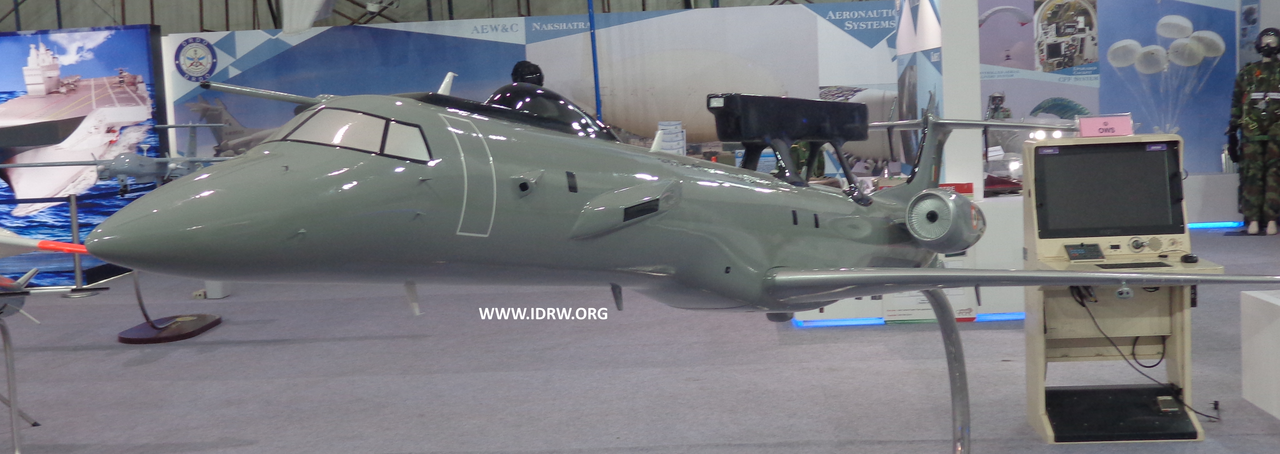
India’s domestically developed Netra Airborne Early Warning and Control System (AEW&Cs) aircraft are generating export interest from South American countries and Indonesia, according to reports. This indigenous platform developed by the Defence Research and Development Organisation (DRDO) has impressed potential buyers with its capabilities.
The Indian Air Force (IAF) has already inducted three Netra AEW&C MkI aircraft into service. These platforms provide crucial airborne surveillance and command-and-control functions, significantly bolstering India’s aerial defence capabilities.
Continue reading